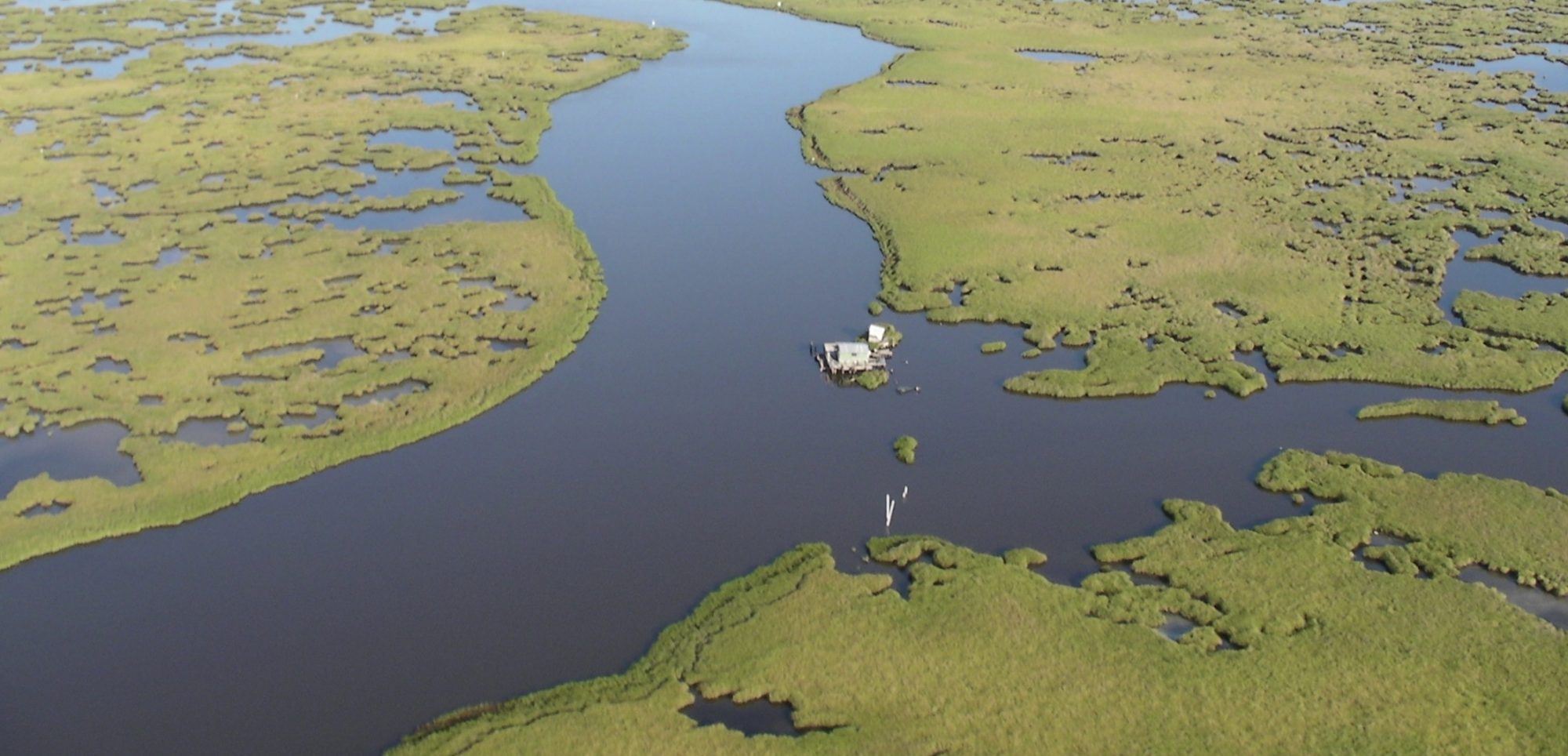
B.S. Candidate, Oregon State University
Conference Travel Grant Type 2 (Society of Wetland Scientists)
Identifying important spatial and temporal scales and patterns of soil properties in a tidal saltmarsh situated in a mixed red alder and Douglas fir watershed
“Sea level rise is expected to drive a loss in salt marsh area and a change in marsh habitat composition, potentially leading to changes in the source/sink dynamics of these systems. Estuaries in the Pacific Northwest might be particularly vulnerable to the effect of salt marsh shifts due to the lack of area for wetlands to retreat and the high cover of nitrogen fixing red alder (Alnus rubra) in the watersheds, which can deliver significant amounts of nitrogen to the estuaries. In order to understand the current and future role of salt marshes in the removal of nitrogen from these systems, we began by identify the important spatial and temporal scales and patterns of soil properties that drive nitrogen removal in Winant Slough, Yaquina Estuary, OR. For this project we collected soil property information (i.e., nitrate, ammonium, moisture, organic matter, pH) across four salt marsh habitat types (i.e., high marsh, low marsh, channel bench, and channel) at three temporal scales (i.e., across a tide, across a tide series, across years). We assessed spatial and temporal variability of these properties and looked for relationships among soil properties as well as with elevation, vegetative community composition and watershed scale metrics. We found spatial and temporal variability of soil properties to be highest in the top 10 cm of high marsh soils. Spatial variability was significantly higher than temporal variability for channel and channel bench habitats. Soil nitrate, which based on previous studies limits denitrification in this marsh and estuary, was significantly higher and temporally more dynamic near the toe of slope. The spatial pattern of soil nitrate was related to distance to stream and red alder in the watershed. Identification of spatial variability and patterning of soil properties suggests that sea-level rise does have the potential to affect nitrogen dynamics most notability through changes in marsh habitat composition.”
